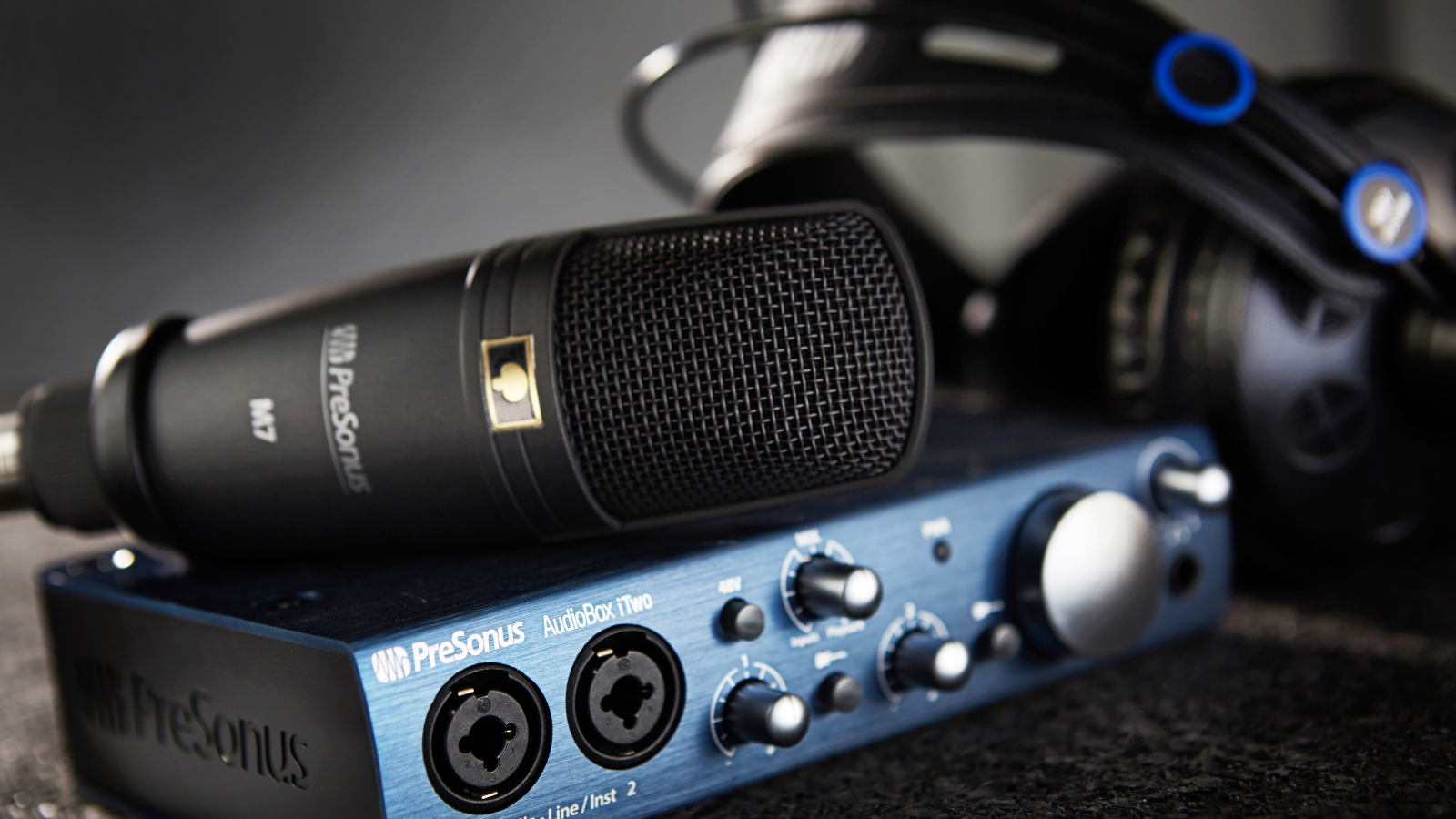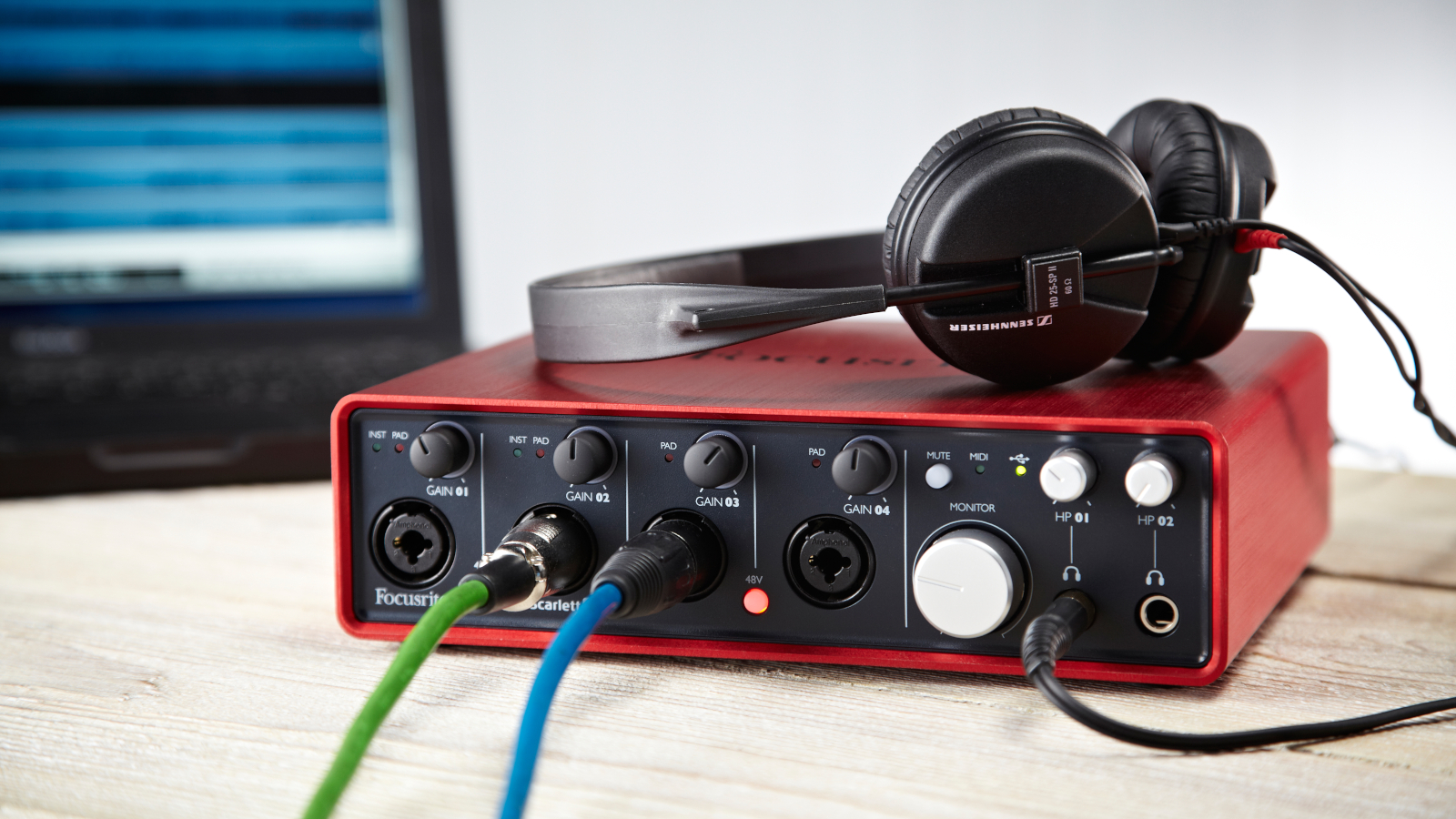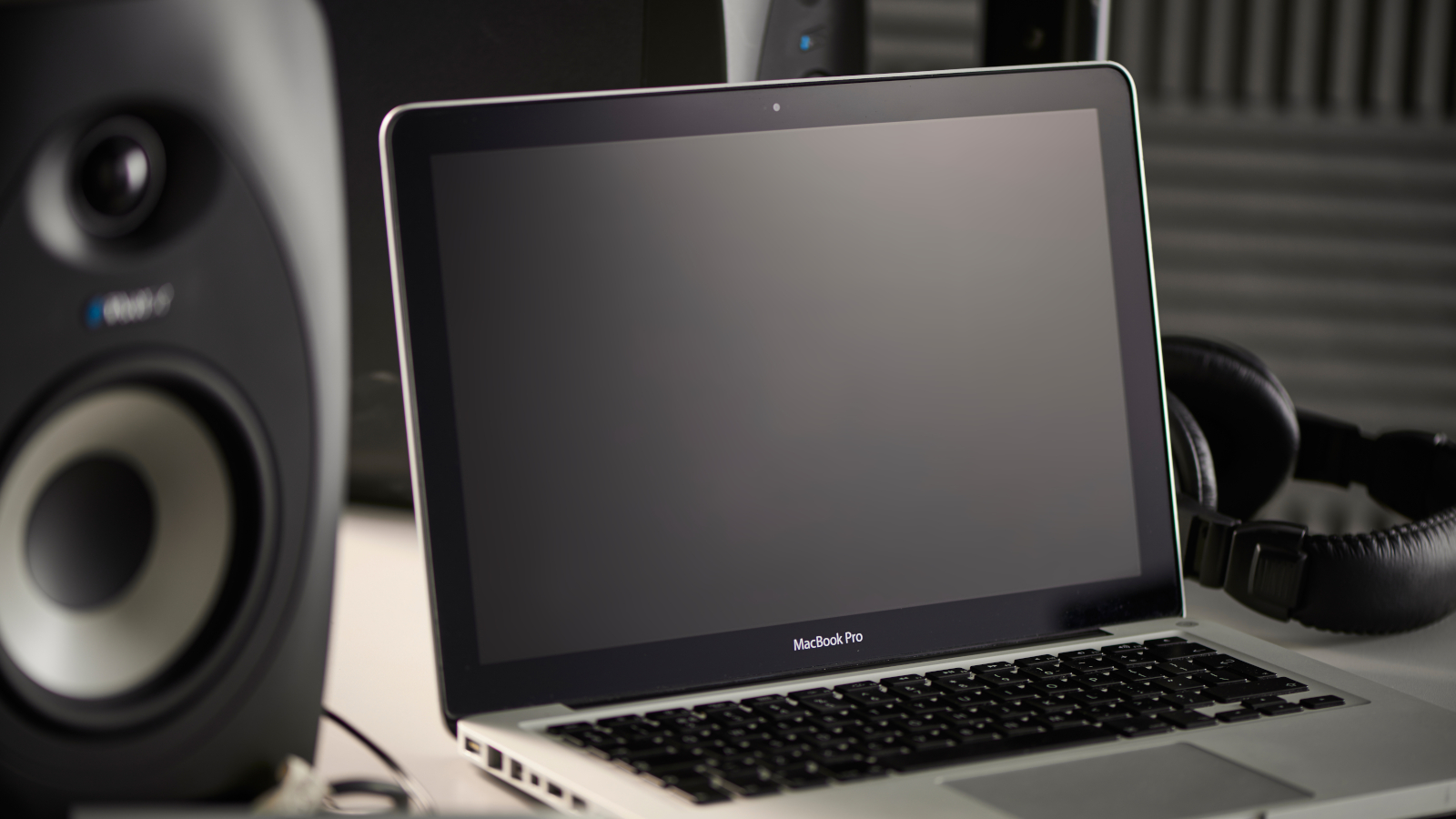How to Mix Guitar in a Headphones World
As the way people listen to music continues to change, so too does the way it is mixed

How you mix your music determines how listeners will hear your music.
For decades, mixing was done through speakers, because that was the dominant way people heard music.
A standard recommendation was not to mix through headphones – except as a reality check-because they distorted the sense of space and stereo separation.
Well, the world has changed.
Sales of headphones have increased significantly in recent years, while household speakers are now all about Bluetooth speakers and soundbars – not traditional stereo systems.
So why should you care?
Because that will influence how you mix your music, and there are some special considerations for guitar.
- Practice in peace with the best guitar amp headphones

Guitars Are Mono Instruments
If you take your guitar direct, or go through an amp sim, there will be no natural stereo imaging.
Miking amps used to include at least some room ambiance (as would playing back tracks through speakers in a room), but now you need to add it yourself to avoid an artificial vibe.
Many sims include reverb, but not many offer ambiance, aside from room reverb. Adding several low-level, stereo echoes from a tapped delay line can restore a sense of space.
In addition to utilizing short delays, you can use convolution reverb and load a room-impulse response. There are many free impulses available on the internet from websites like openairlib.net.

Guitar EQ
If you thought creating a mix that translated over different speakers was problematic, mixing for headphones is worse.
People might listen over bass-heavy Beats headphones, treble-heavy Ultrasone earphones, or the horror known as airline earbuds.
With speakers, I’d often add a slight emphasis around 3.5kHz so the guitar would cut through a mix, but with headphones, a little bit of boost in a lower range (750Hz-2kHz) tends to translate better, because the headphones are right next to the ears, which makes it easier to pick out individual instruments anyway.
This also works when listening over speakers – providing too many instruments aren’t colliding in the same frequency range.

Don’t Ignore Speakers
The first time you listen to speakers after mixing on headphones, you might be surprised.
For example, when listening over headphones, you won’t hear any phase cancellation that could mess up the audio when listening over speakers.
Just as those who mixed on speakers also listened to headphones as a reality check, it’s now important to listen on speakers as a reality check.
The good news: I’ve always found that tweaking a headphone mix so it sounded good on nearfield monitor speakers made it even better on headphones.
Visit craiganderton.org for tips and techniques, and youtube.com/thecraiganderton for music and instructional videos.
Get The Pick Newsletter
All the latest guitar news, interviews, lessons, reviews, deals and more, direct to your inbox!
“Write for five minutes a day. I mean, who can’t manage that?” Mike Stern's top five guitar tips include one simple fix to help you develop your personal guitar style
"It’s like you’re making a statement. And you never know where it’ll lead." Pete Thorn shares the tip that convinced Joe Satriani he was the right guitarist for the SatchVai Band










